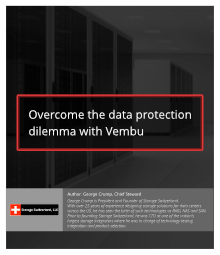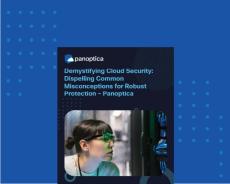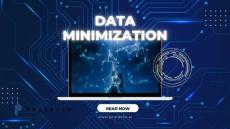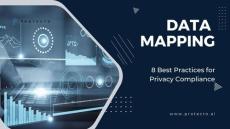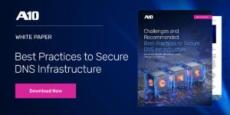Backup & DR Planning Guide for Small & Medium Businesses
In the Backup & Disaster Recovery for SMBs- Concepts, Best Practices and Design Decisions ebook, we will take an in-depth look at considerations that need to be made when designing your disaster recovery strategy and we will define the concepts involved in doing that. What are the differences in RPO and RTO? Why is high availability not enough to protect your business-critical data? What is the difference between HA and DR?



